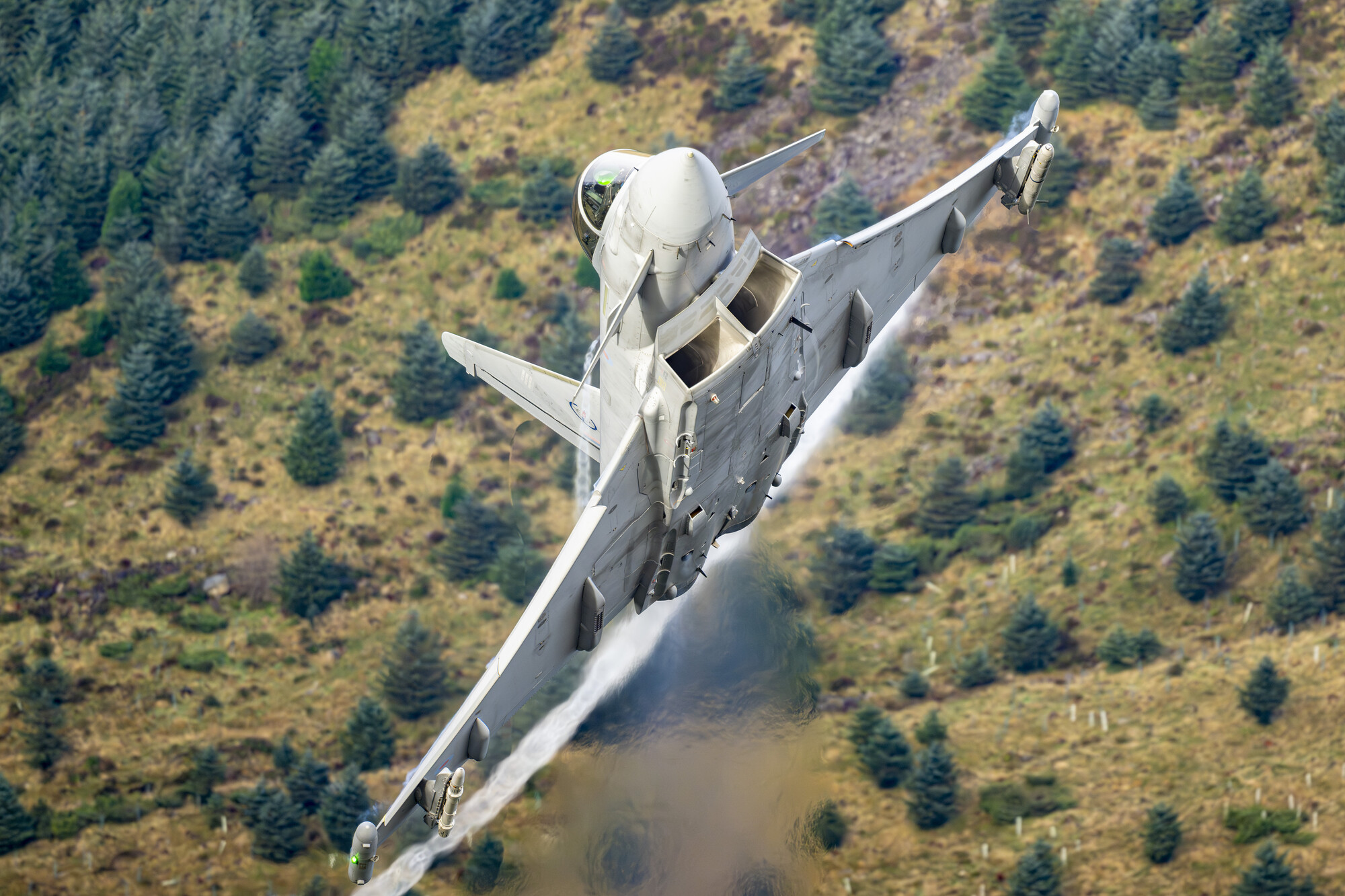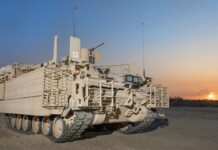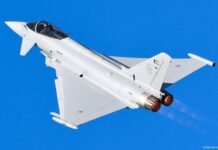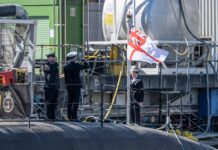
DSEI 2025: BAE Systems confident Typhoon enhancements will main its position as ‘workhorse’ of European combat air
Peter Felstead
BAE Systems is increasingly confident that ongoing enhancements to the Eurofighter Typhoon will help bring fifth- and sixth-generation capabilities onto what it describes “as a very effective, very powerful airframe”, allowing the aircraft to maintain its position as the ‘workhorse’ of European air superiority for years to come.
Briefing at the DSEI 2025 defence exhibition in London on 11 September, Paul ‘Mufti’ Smith, head of Typhoon strategy delivery for BAE Systems’ Air sector, initially talked about radar capabilities. He noted that results seen so far with the European Common Radar System (ECRS) Mk0 active electronically scanned-array (AESA) radars fitted to Kuwaiti and Qatari Typhoons bode well for what can be expected from the more capable ECRS Mk2 radars that Royal Air Force (RAF) Typhoons will receive.
“We’re seeing the ECRS Mk0 in service with Kuwait and Qatar and it will shortly be in service with some of our European allies,” said Smith, referring to Spain and Germany, which will both receive recently ordered Typhoons initially fitted with the ECRS Mk0 before being upgraded with ECRS Mk1s, “and we’re really seeing that capability mature. The latest software evolutions that we’ve introduced into the aircraft and into those operating nations is showing increased detection and increased tracking capability against a very broad range of targets, from very large aircraft right down into the more difficult air target regime.
“That gives us confidence that, as we evolve to the next level of technology with ECRS Mk2, we’re going to build on that experience and the integration experience that we have with Mk0 and introduce Mk2 on time for our UK and hopefully other partner nations,” said Smith, noting that the first trials of the ECRS Mk0 were completed with the last 12 months and that the RAF is looking to have the radar operational before the end of the decade.
“We’re on track to do that,” Smith said, “and we’re looking at ways that we can accelerate that capability and really unlock the capability that that radar brings.”
Smith additionally noted during a Q&A session after his briefing that BAE Systems expects to receive the first fully capable, pre-production ECRS Mk2 radar some time in 2027, at which point the company will conduct ground testing before actually getting the radar airborne.
Emphasising that “it’s really important how survivable the aircraft is”, Smith asserted that the EuroDASS Praetorian Defensive Aids Sub System (DASS) developed for the Typhoon “brings unmatched survivability when matched and closely co-ordinated with the robust integration that we lead as the integrator of that EuroDASS capability.”
He referenced recent ‘Red Flag’ exercises in the United States, where he said the Typhoon “has had extremely high survivability against the very latest threats, both air and surface threats”.
Smith said that BAE Systems is working with the partners in the EuroDASS consortium – Leonardo, ELT Group, Indra and Hensoldt – to introduce and improve the Typhoon’s electronic countermeasures and electronic surveillance capabilities, while also leveraging leverage the situational awareness that the DASS brings to “share that across the battlespace at speed of relevance”.
Other Typhoon enhancements Smith referenced included improvements to the aircraft’s Joint Tactical Radio System (JTRS) datalink, a 200× increase in the aircraft’s processing capacity and introduction of the Striker II helmet-mounted display, which Smith said would deliver “much better situational awareness in a night environment”. The Eurofighter consortium – on behalf of Eurofighter nations Germany, Italy, Spain, and the UK – awarded BAE Systems a GBP 133 (EUR 153 million) million contract in December 2024 to further develop the Striker II helmet.
Smith also mentioned the large area display (LAD) that BAE Systems is developing for the Typhoon. This enhancement, which would replace the Typhoon’s existing three 6×6-inch (152×152 mm) multifunction head-down displays with one large central display approximately 12×22 inches (305×559 mm) in size, is yet to be actually ordered by a Typhoon operator but has been selected by the Eurofighter nations as a technical focus for the aircraft’s future Long-Term Evolution programme.













![The British naval construction sector: Status report Construction of SSN-AUKUS submarines will support the UK’s submarine industrial base for decades ahead. [Crown Copyright 2024]](https://euro-sd.com/wp-content/uploads/2025/09/4_SSN-AUKUS-Kopie-218x150.jpg)
